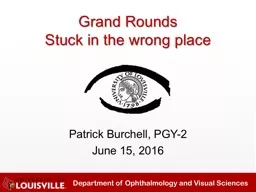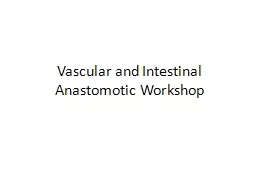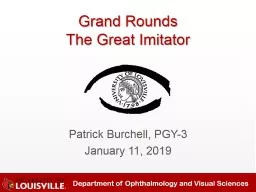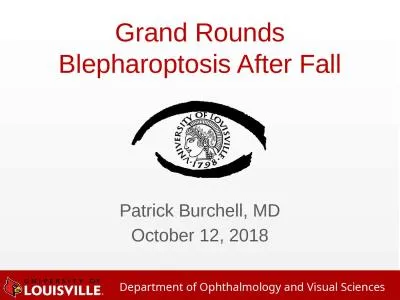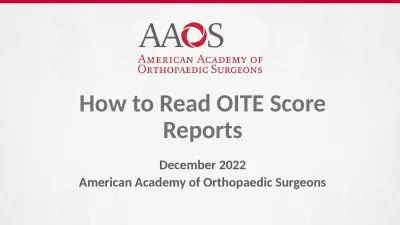PPT-Patrick Burchell, PGY-2 June 15, 2016
Author : olivia-moreira | Published Date : 2020-04-04
Grand Rounds Stuck in the wrong place CC Sudden vision loss OD HPI 66 yo WM with a complex traumatic dural arteriovenous fistula status post prior motor vehicle
Presentation Embed Code
Download Presentation
Download Presentation The PPT/PDF document " Patrick Burchell, PGY-2 June 15, 2016" is the property of its rightful owner. Permission is granted to download and print the materials on this website for personal, non-commercial use only, and to display it on your personal computer provided you do not modify the materials and that you retain all copyright notices contained in the materials. By downloading content from our website, you accept the terms of this agreement.
Patrick Burchell, PGY-2 June 15, 2016: Transcript
Download Rules Of Document
" Patrick Burchell, PGY-2 June 15, 2016"The content belongs to its owner. You may download and print it for personal use, without modification, and keep all copyright notices. By downloading, you agree to these terms.
Related Documents

